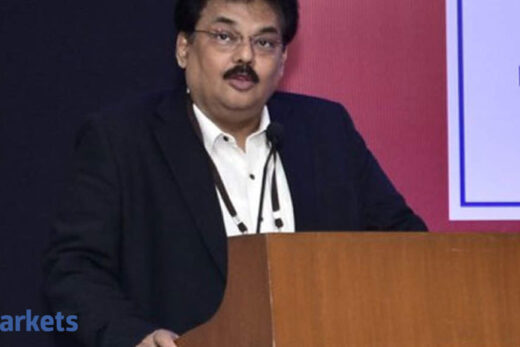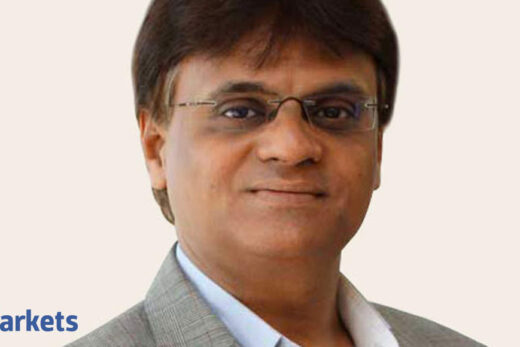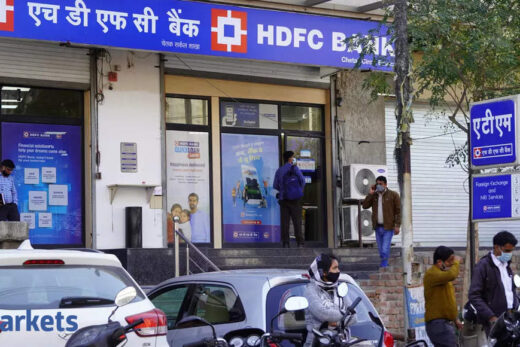The company recently announced it is acquiring Exide Life. Could you tell us what is the rationale for this acquisition and also what are the synergies that we can expect?
Some of the big-ticket positives – and this is something that we have been saying as to what we look for in a potential target company – is that it needs to have credible distribution which Exide Life has. It is very strong in its agency channel as well as in some of the partnerships on the broke-up front. Hence, that is complementary to our business. It is also present in tier II and III towns and has a fairly strong hold in some regions in the south.
The second aspect is the quality of the book. Again, we have looked at their embedded value. It has also been certified by an external actuarial firm of repute and that will be accretive to our embedded value. It is about 10% of our EV. And the third aspect is that in terms of quality of business, its management team, and the cultural aspects of it, that too in terms of the ethos, that will also be very important as we integrate it. Exide Life post all regulatory approvals into HDFC Life, is very important that the DNAs are reasonably similar. So, this particular opportunity had all of them. So, tick in every box and that is why we were fairly happy to go ahead with it.
Exide Life’s market share has been declining slightly. What is the advantage that you would get in terms of agency channel, your cost benefits, and scale benefits that we can expect from this acquisition?
On the market share front, they are about 1.3% market share and remain somewhat steady over the past few years. It is a scale issue for them, like it is for a lot of smaller players; wherein beyond a certain point they are finding it difficult to scale up. With the agency channel that they have built, today they are just short of about 37,000 agents and out of that a lot of them are highly productive agents. That will add about 30% to 40% to our agency force and also in terms of top line APE growth on the agency channel, which will add about 40% to our agency channel.
Another interesting aspect is that they are reasonably strong in south India and in tier II and III towns. So, about 40 odd percent of their business comes from those geographies and hence it is complementary to our business which is a lot more metro focussed; at least the top 10 cities. This combination is a potent one. The final point is in terms of what the agency channel sells. A large proportion is in terms of traditional products as well as protection. Very little of unit-linked products. So, the natural progression towards profitability and better persistency makes that road map reasonably visible to us.
HDFC Life has been following a balanced mixed strategy. How will the product mix change post this acquisition? Will that have impact on any costing?
If you were to look at their product mix, it is largely participating products. So, about 71% is participating products and the non-participating is 13%. So, almost 90% of their business is between participating and non-participating, including about 11% that they sell of protection products, while unit linked is only 5%. So, we see that once the merger is complete the entire suite of products that we have can be sold through the merged entity.
That is when we are known as a company that innovates on products, brings new products to the table and we would be able to have access to the entire suite of products that HDFC Life has, whether in annuity space, or retirement. This is a big opportunity that we have always talked about, even in terms of protection having combination products of protection with health. That is another opportunity and so on, but that will take time and it will be post regulatory approvals.
How would the shareholding change post this deal? What is the rationale for cash payout after the share swap ratio?
First of all, the consideration is a mix of shares and cash. So, about 89% of the consideration is in share swap and about 11% is cash. So, about Rs 726 crore will be cash payout. The rationale for the cash payout is from the seller’s point of view for the transaction to be cash neutral because there will be a tax incidence on them on consummation and shares being issued to them.
That is why the relatively small element in this transaction in the form of cash. Once the share issue happens, Exide Industries will be on-boarded as our shareholder and they will end up having a 4.1% stake in the merged entity. And the existing shareholders of HDFC Life there will be about a 4.1% consequent dilution. HDFC Limited will go down from the current 49.9% to 47.9%.
Let us talk about the amalgamation of Exide Life. What is the time line for the regulatory approvals that you are eyeing? Also how long can investors actually wait or rather expect the amalgamation of Exide Life to take?
We are expecting the first stage; this transaction is in two phases. The first stage is wherein, post CCI and IRDA principle approval, we are able to issue shares to the seller and for this entity to become a subsidiary of HDFC Life – that is the first phase. That phase we are hoping will take and we should reach milestone sometime around January.
Thereafter, we will go down the NCLT approval for merger of the subsidiary into the parent company. So, Exide Life as a subsidiary into HDFC Life. That process will take whatever the current timeline is that is required for the NCLT approval. But the good part is that after the first phase, when it becomes a step-down subsidiary, we should have control over the business.
Could you talk to us about the impact on the solvency ratio? What solvent impact did COVID-19 have on Exide Life’s business and what COVID-related provisions did Exide Life undertake?
Currently Exide Life has a solvency of over 200% I think; in the range of about 222% is their solvency. We would expect this to be accretive to us. Solvency although small in the whole scheme of things given size, but nevertheless accretive. From HDFC Life’s perspective in terms of the cash payout that I talked about of Rs 726 crore is part of the consideration that will reduce our current solvency by about 15%.
But keep in mind that we are talking about this happening after a few months. So, by that time fresh profit generation will also happen at HDFC Life, thereby recovering some of the solvency that would be reduced due to the cash payout. So, overall we do not have significant concerns all things being equal on the solvency front.
Earlier HDFC Life was looking to acquire Max Life, now they are doing the Exide Life acquisition. What will be the impact on embedded value as well as ROEV?
Exide Life’s embedded value is about Rs 2,700 crore. We are reasonably satisfied of the quality of their EV and do not believe that there would be any material impact to that embedded value as we take control of the entity. In terms of valuations, the Max Life deal that you mentioned was many years ago. After that a lot has happened in terms of the growth of life insurance companies in India and listed entities. Also, the trajectory in terms of quality is reflected in the valuations as well.
If you look at HDFC Life itself, today we are over 90% 13-month persistency and continuing to increase on that. We were hovering mid 80s not that long ago. So, quality of business continues to increase, new business margins continue to increase, and embedded value operating profit continues to go up. So, I think going back in time is somewhat of a futile exercise or really apples and oranges. The way we look at this is that this deal has happened at a significant discount to listed players; it is value accretive for us. There is a niche offering that interest us and excites us at a price that makes sense to us. So, as a holistic package we thought that the deal is one that makes a lot of sense from a complimentary point of view for HDFC Life.



